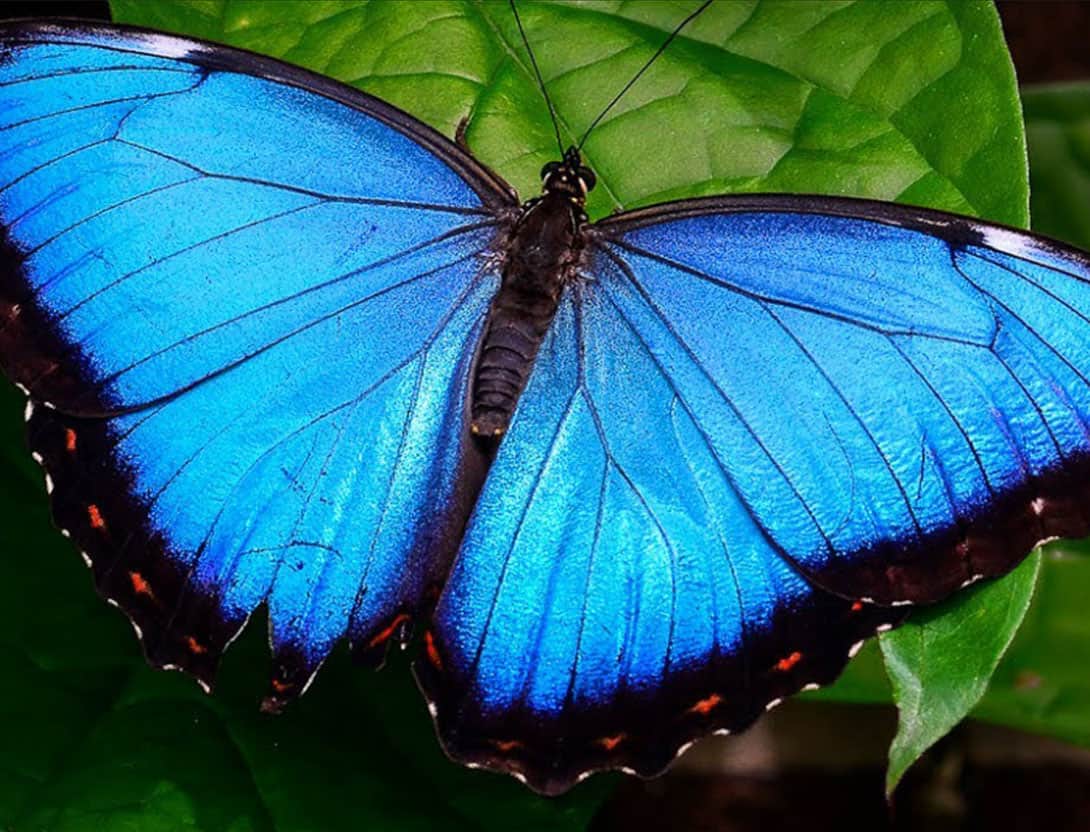

8 Mind Blowing Facts to Know About the Morpho Butterfly
The blue morpho butterfly is a beautiful insect found in the Amazon forest. Its beauty goes beyond what meets the eye, though.
If you’re taking a trip to the Amazon any time soon, you should be up to speed on the natural life that you’ll be witnessing. Not only will a little extra knowledge help you appreciate the beauty of things like the blue morpho butterfly, but it will also help you know where to look.
We’re going to give you a few interesting facts about the Blue Morpho so you can truly appreciate this beautiful insect on your next trip to the Amazon!
Blue Morpho Butterfly Facts
If you’re looking for the blue morpho, your best bet is to take a trip to Ecuador. The Ecuadorian Amazon Rainforest is the most common home for these butterflies, and you’ll have the best odds of seeing one there.
At the same time, they’ve been spotted in Ecuador’s Mindo Cloud Forest as well as Guayaquil, which is the second largest city in Equador.
Now that you know where to look, let’s get to the facts:
1. The Blue Morpho’s Color isn’t What You’d Expect
While the butterfly has a beautiful blue coloring, it doesn’t actually have any pigment to make it look that way. In fact, the blue morpho uses structural color to get its particular shade of blue.
Blue is actually an extremely rare color in nature. These butterflies have scales that overlap, refracting light similar to a prism. So, when the light hits the wings, it is refracted against the scales and comes off as blue.
2. There are Many Morpho Butterflies
The Blue Morpho isn’t the only butterfly of its kind. There are dozens of species in the Morpho genus. Additionally, all of them use structural color to achieve their particular colors.
Some other species have a blue hue, while most are greens and purples. All of them have scales and will change color slightly as you change your frame of view because of the way light refracts off of them.
In fact, 15 of the morphos are home to the Ecuadorian Amazon. Almost all Morpho butterflies have been found scattered throughout South and Central America as well.
While there are almost 40 accepted Morpho species, there are actually around 150 subspecies of the morpho that have also been found in South and Central America.
4. Blue Morphos are Huge
Well, compared to other butterflies. Blue Morphos are some of the largest butterflies in the world, with a wingspan reaching up to 8 inches.
To give you a little perspective, that is about the width of a standard sheet of paper, or the length of about four golf tees.
There are a number of moths that get a lot larger than that, but butterflies are typically contained to a few inches or less. So, you’ll certainly be able to spot that beautiful blue if you’re in the presence of one.
5. They Have a Lot of Symbolic Meaning
The Blue Morpho, being such a unique specimen, has given rise to a lot of symbolic interpretations from different cultures. Similar to an albino buffalo, or a rare bird, Blue Morpho butterflies are rarely seen and lend themselves to various interpretations.
Some cultures believe that spotting a Blue Morpho means you’ll have a wish granted. Others believe that a blue butterfly is a host to a malevolent spirit.
Butterflies, in general, are also associated with spiritual transformation. Additionally, the color of blue typically symbolizes a sense of calm and healing.
Whether or not there is any merit to these meanings, it still wouldn’t hurt to make a wish if you see a Blue Morpho!
6. They Live for 2 to 3 Weeks as Butterflies
Surprisingly, the Blue Morpho’s life cycle is very short.
They are laid in eggs underneath leaves. Blue Morpho eggs can actually adjust colors with the leaves to prevent predators from seeing them. This sort of camouflage is relatively unusual in nature, especially in species that have yet to be born.
These eggs develop for a little over two weeks, giving way to small, reddish brown and green caterpillars. They can actually grow small clumps of hair that can be white, pink, maroon, and other hues of red.
The Morpho begins its pupae stage after about 8 weeks. At this point, the chrysalis starts to form and the caterpillar begins metamorphosis. It takes about two weeks for the butterfly to hatch.
It then has 2 to 3 weeks to find a mate before it dies.
7. Blue Morphos are Poisonous
Blue Morpho caterpillars eat compounds that are poisonous to humans. This is advantageous to the species because predators are less likely to feed on them if they’re poisonous.
The nice thing is, they are only dangerous to humans if you eat them. We can’t imagine that you plan on eating the beautiful Blue Morpho if you see one. Just holding one of the butterflies, however, won’t leave you with any problems.
You may be a little irritated by the fibers on the wings, but you won’t leave the Amazon poisoned.
8. Blue Morphos Can be Gynandromorphic
Gynandromorphic species can be born containing both male and female characteristics. This allows for the Blue Morpho to display a number of unique qualities, as this split in the male and female genes can lead to a huge variety of phenotypes.
This is interesting because male and female Blue Morphos vary greatly in their appearance. Typically, males are the only ones who display a vibrant blue color.
Females are known to have more brown and yellow shades. Some females may have slight shades of blue but are by all accounts less vibrant than males. The presence of gynandromorphic genes makes for a number of interesting patterns, color combinations, and traits in these butterflies.
Want to See a Blue Morpho?
If you’re looking to see a Blue Morpho butterfly, you’re going to need to take a trip.
There’s a lot to gain from taking a trip to the Amazon, and we’re here to help you make the best of your trip. Check out this article for Amazon safety tips!

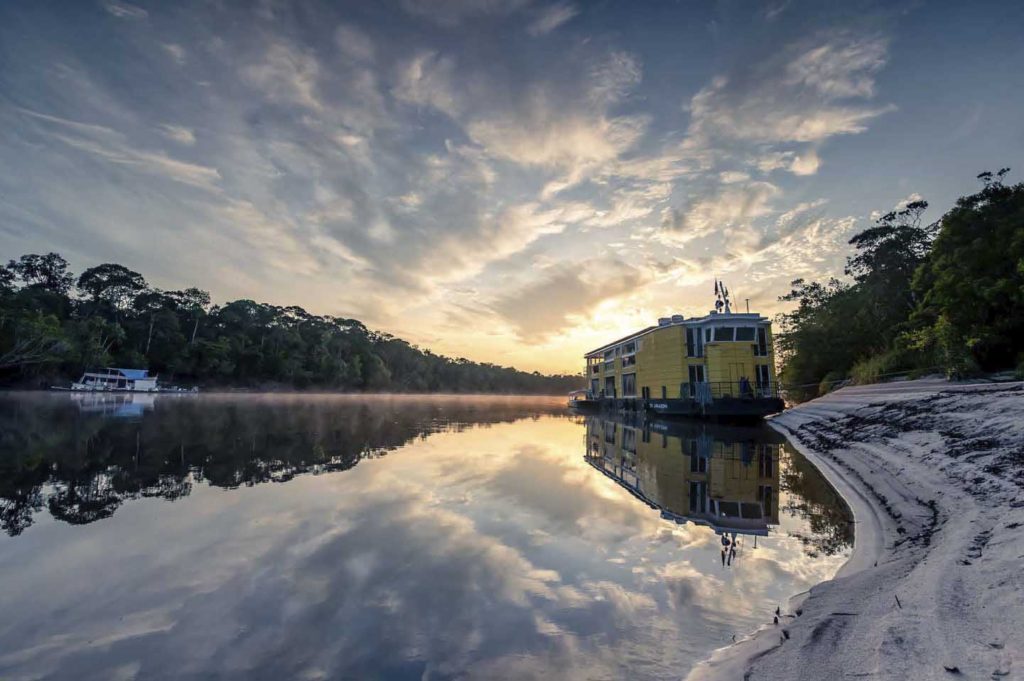
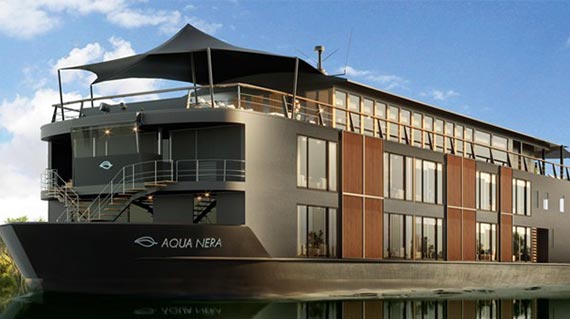
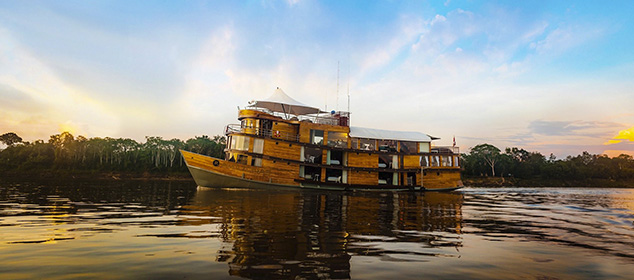
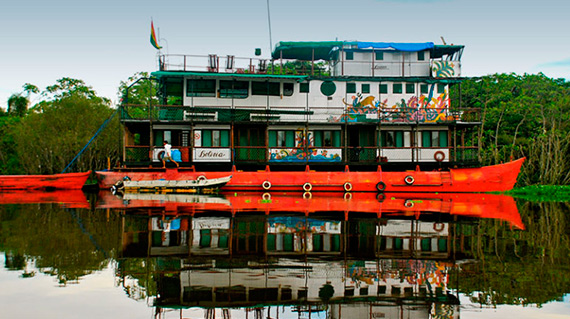
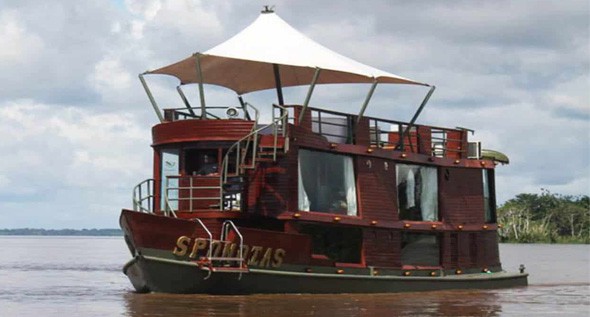
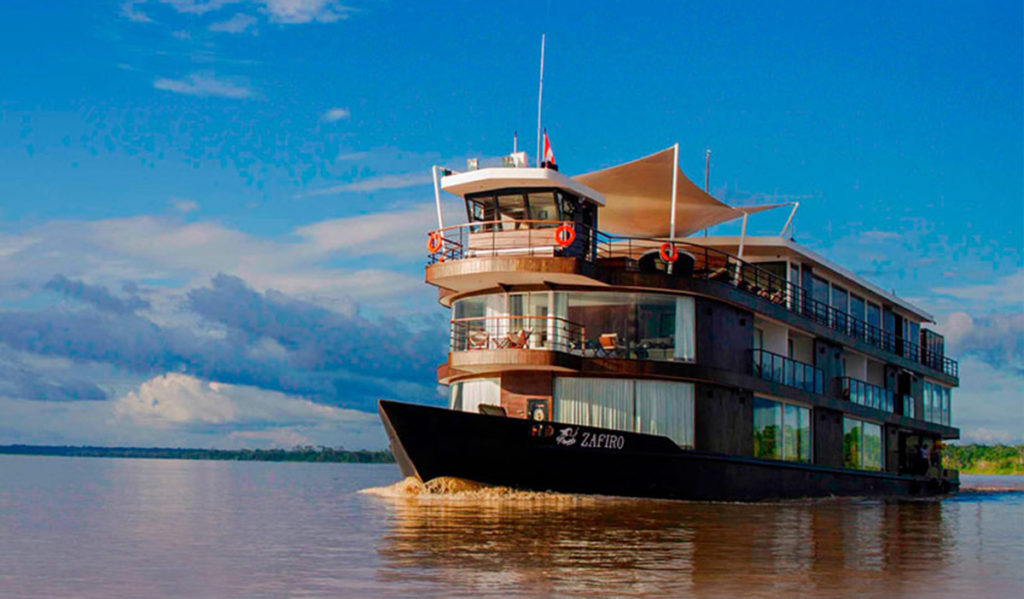
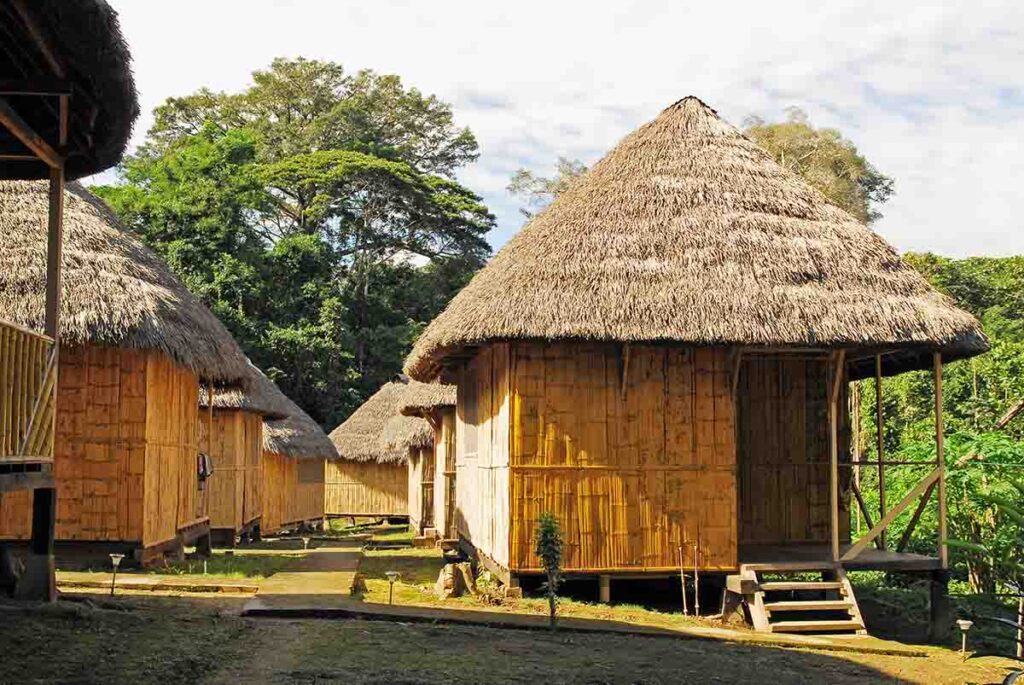
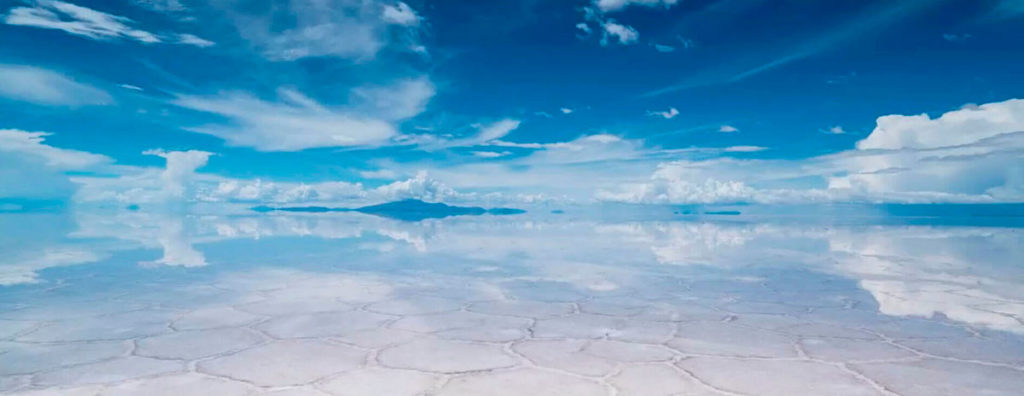
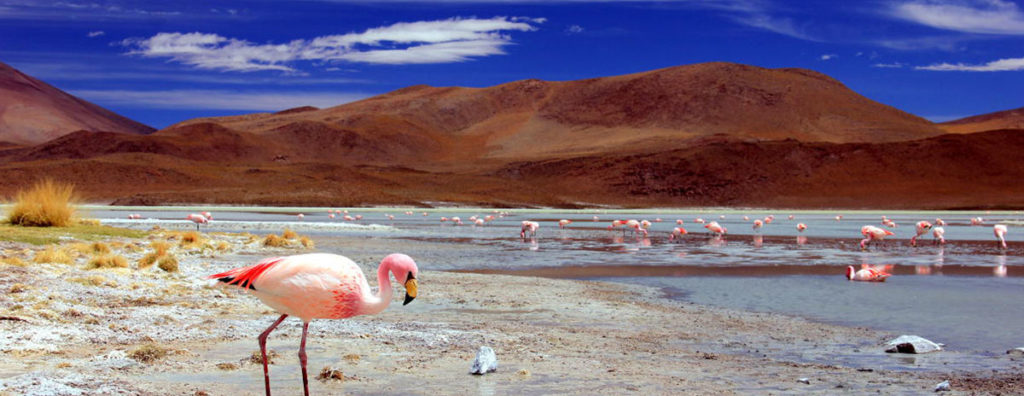
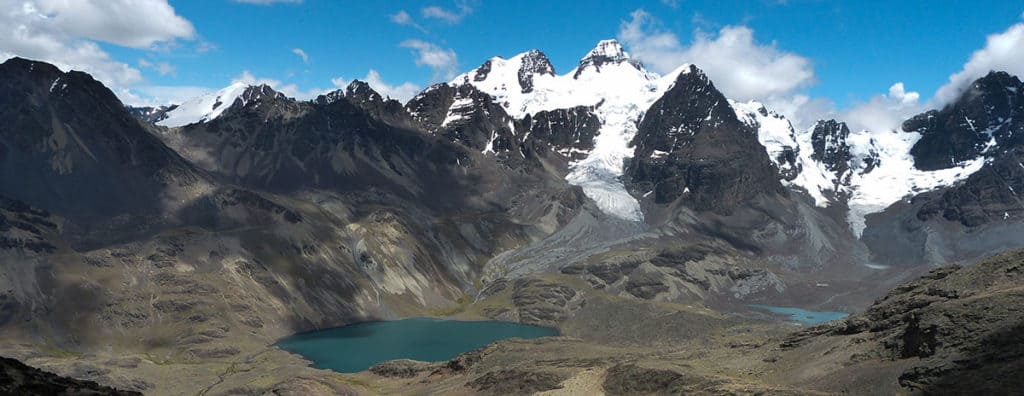
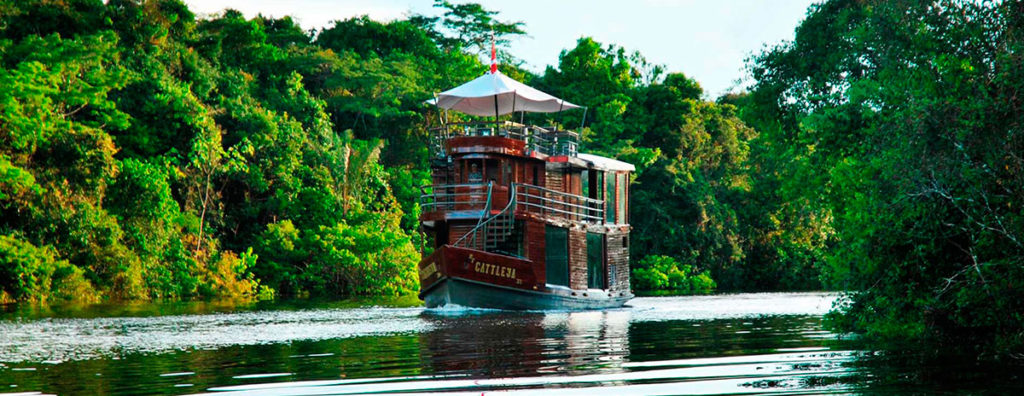
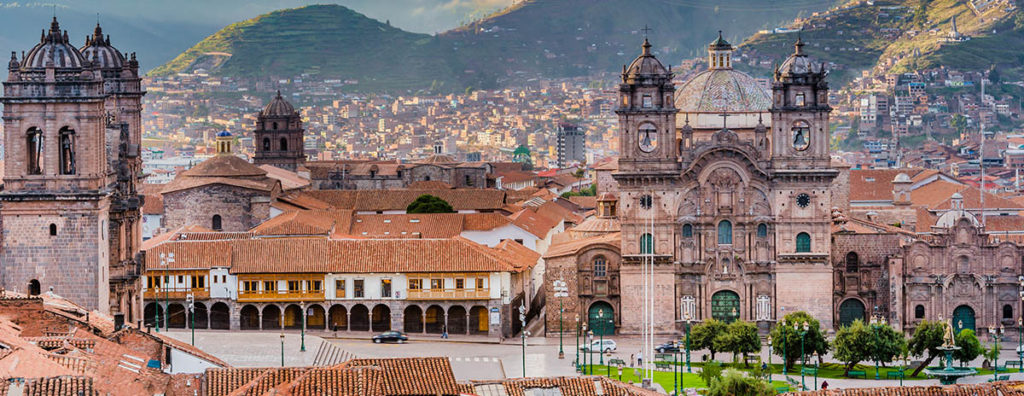
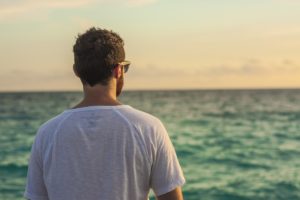
Recent Comments